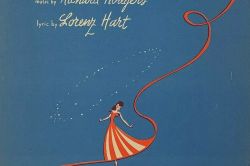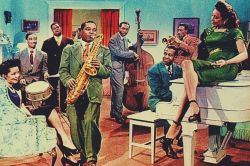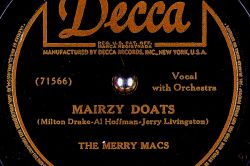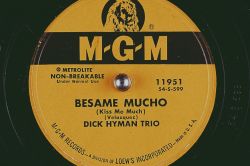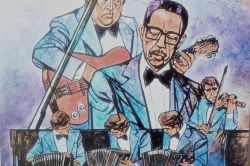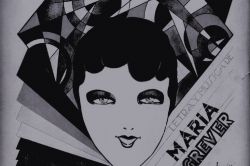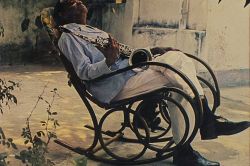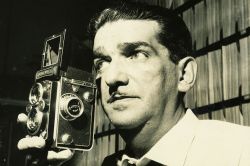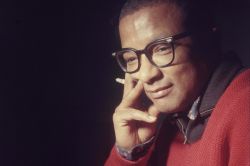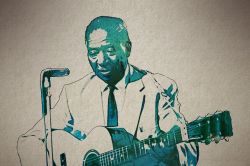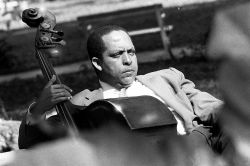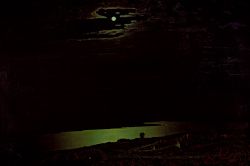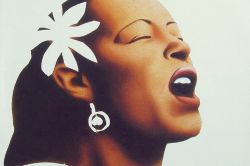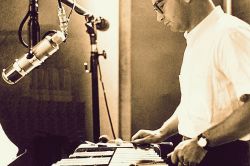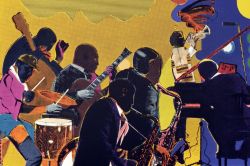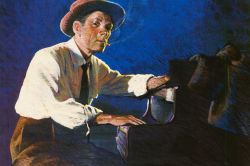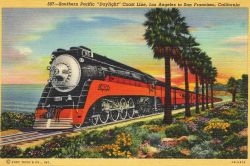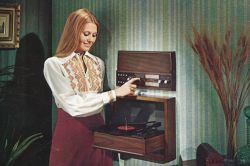1940s
In the early 1940s, the evolution of sound recording had opened the doors for the pre-recorded songs to be played on the radio, the medium that had been previously dominated by live music performances. With the introduction of "records," music broadcasts became more diverse, giving rise to the term disc jockey in 1941.
Another truly epochal technology of the stereophonic sound had been developed by Alan Blumlein at EMI during the 1930s and was finally introduced in 1940. The audio for the iconic 1940 Disney animated film Fantasia marked the first commercial use of the stereo recording, and yet it took 20 more years to bring the stereo technology into widespread use.
The Hollywood premiere of Fantasia at the Carthay Circle Theater:

The end of World War II meant that relatively advanced military equipment had to be found a new, much more peaceful home. By the end of the decade, Ampex introduced the reel-to-reel tape recorder to the market, the device which had previously been used by the military. Once it was available for the civilian use, it was initially in demand for pre-recording of radio shows. However, the reel-to-reel became the standard for the professional sound mastering and still remains in trend within the industry.
The technical progress had its climax at the end of the decade, in 1949, when Peter Goldmark introduced the revolutionary 12-inch long-play vinyl format.
Tommy Dorsey at WMCA, New York:

By the late 1940s, the swing era was replaced by the "sing era," with the charismatic vocalists, who were once token members of big bands, stepping forward to become the real stars. The pop music as a whole shifted towards softer trends, discarding the dynamic brass of the orchestras in favor of gentle strings.
